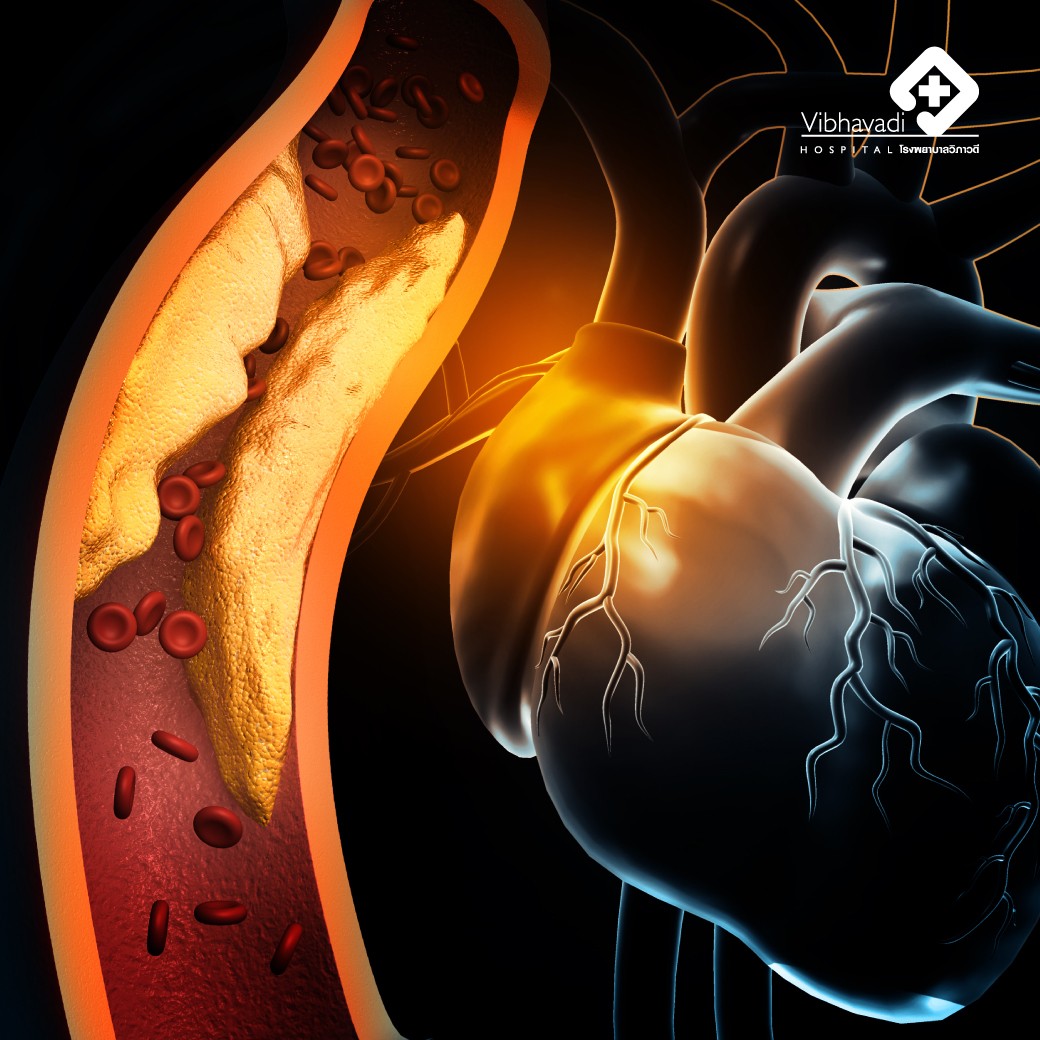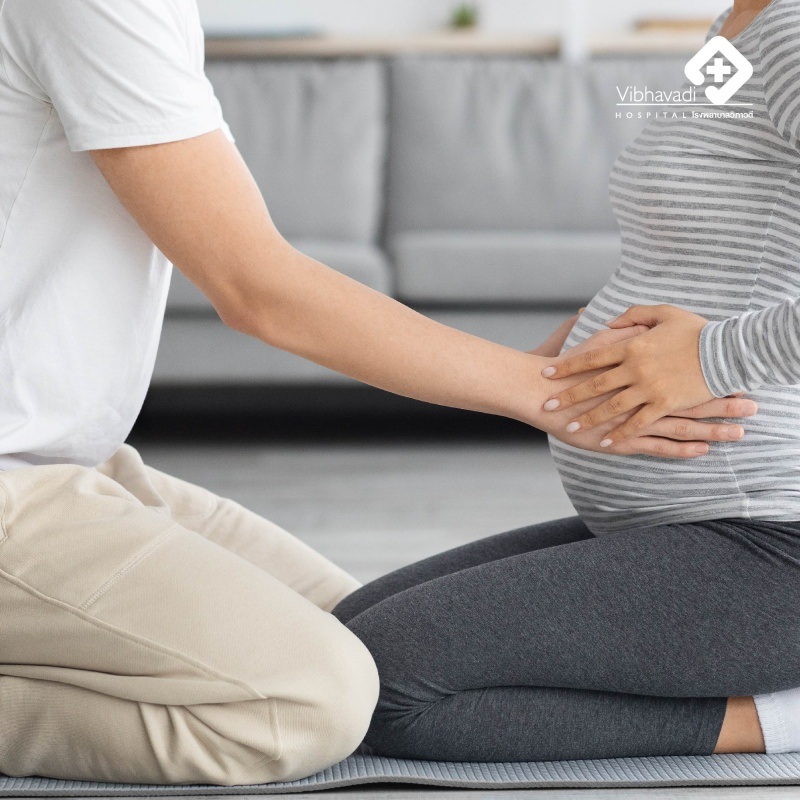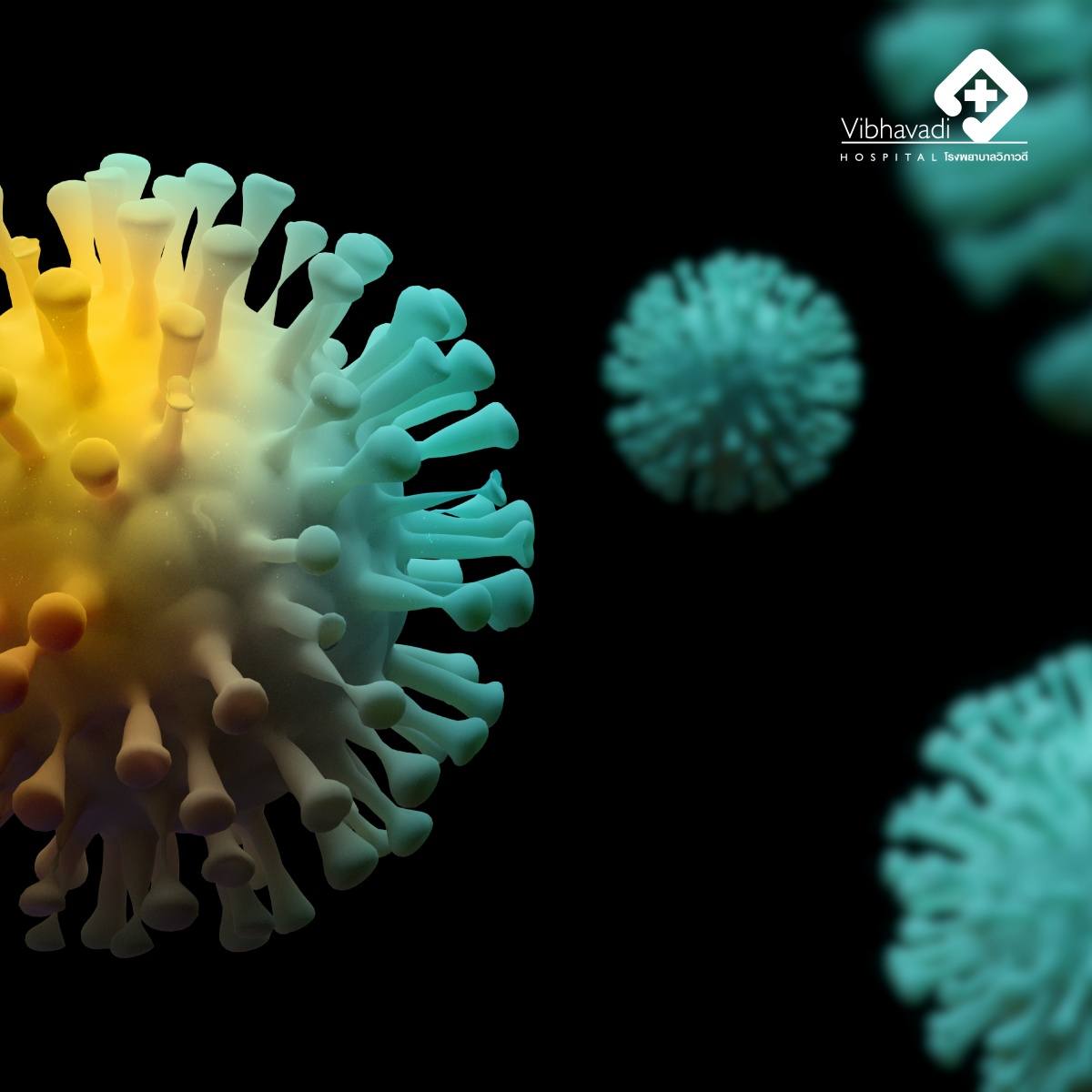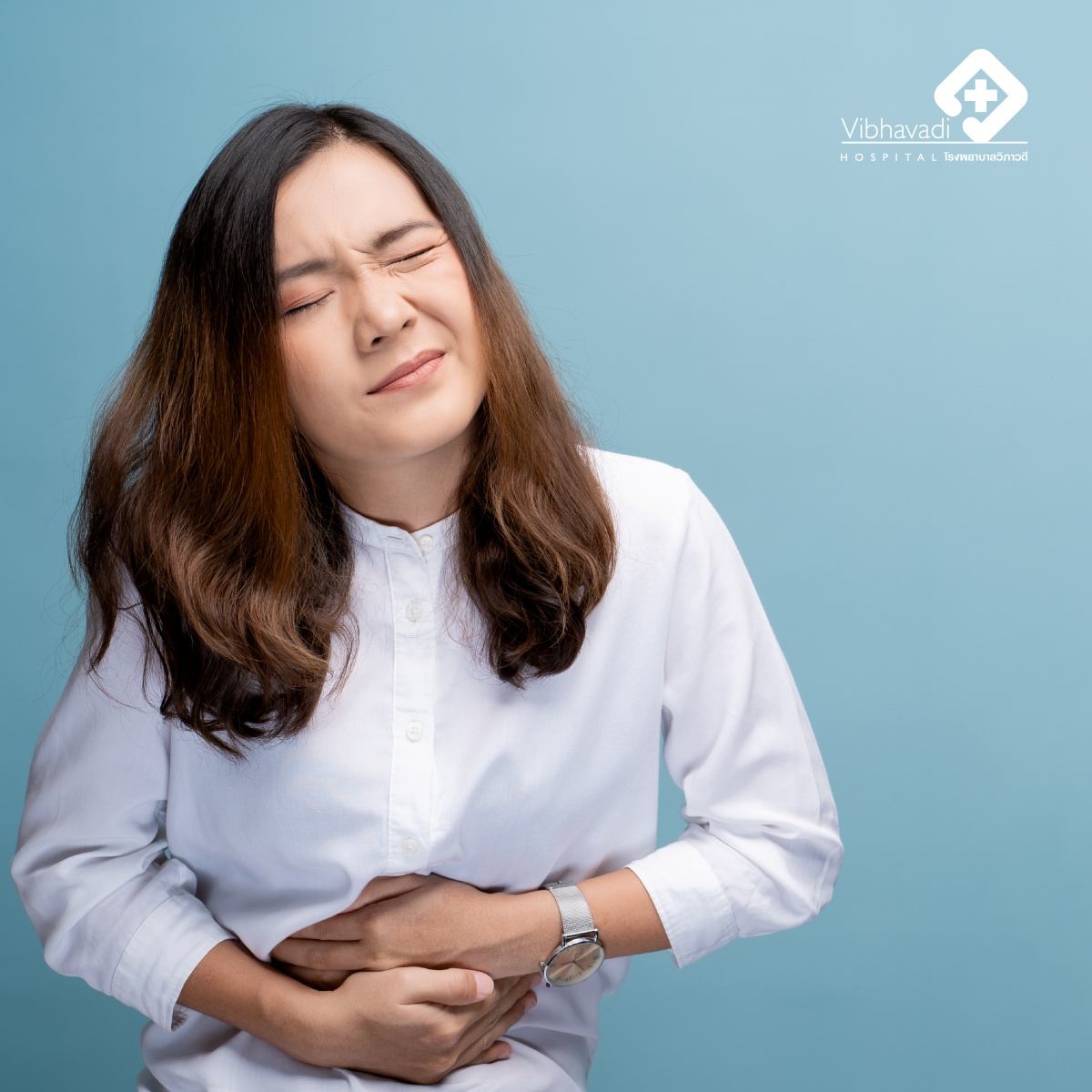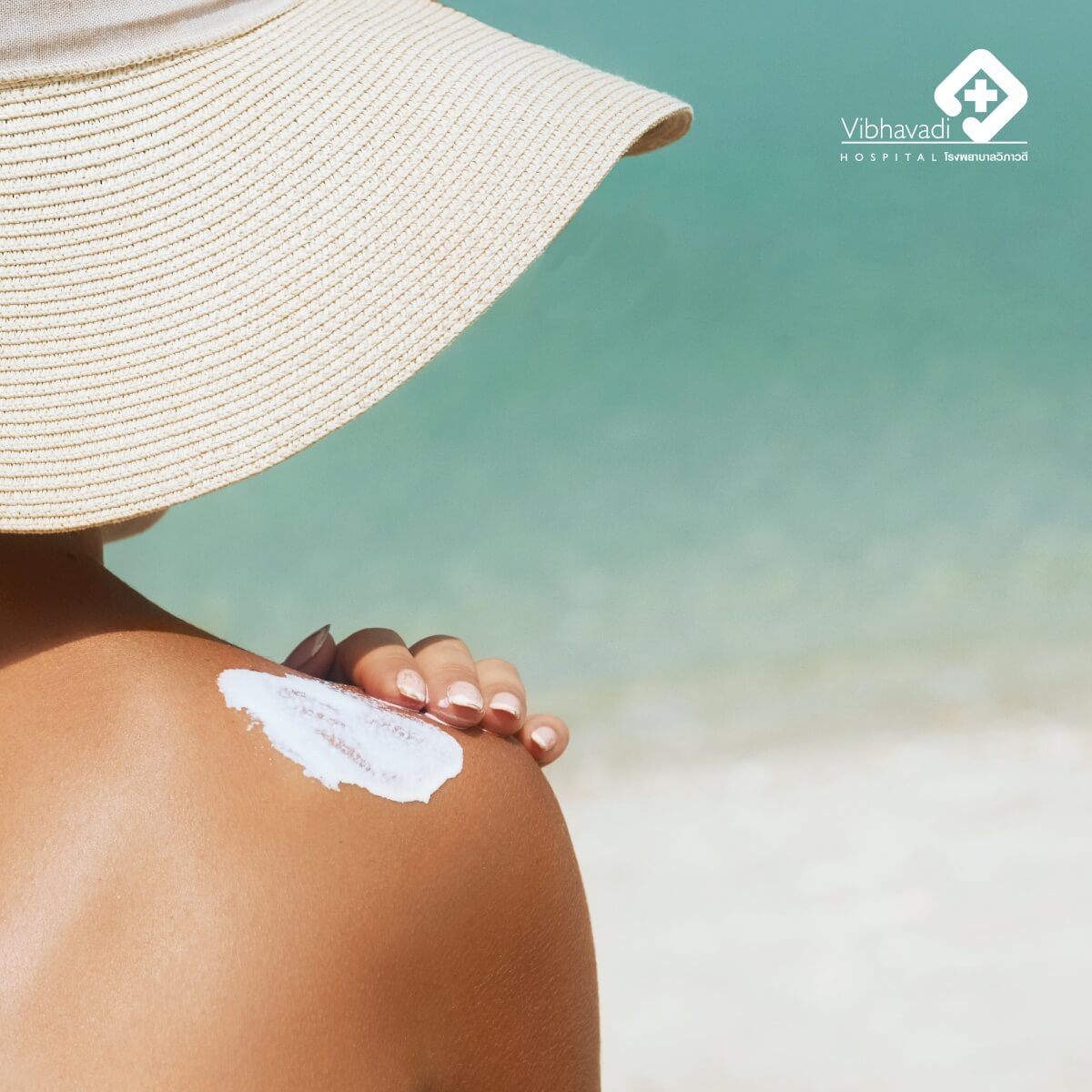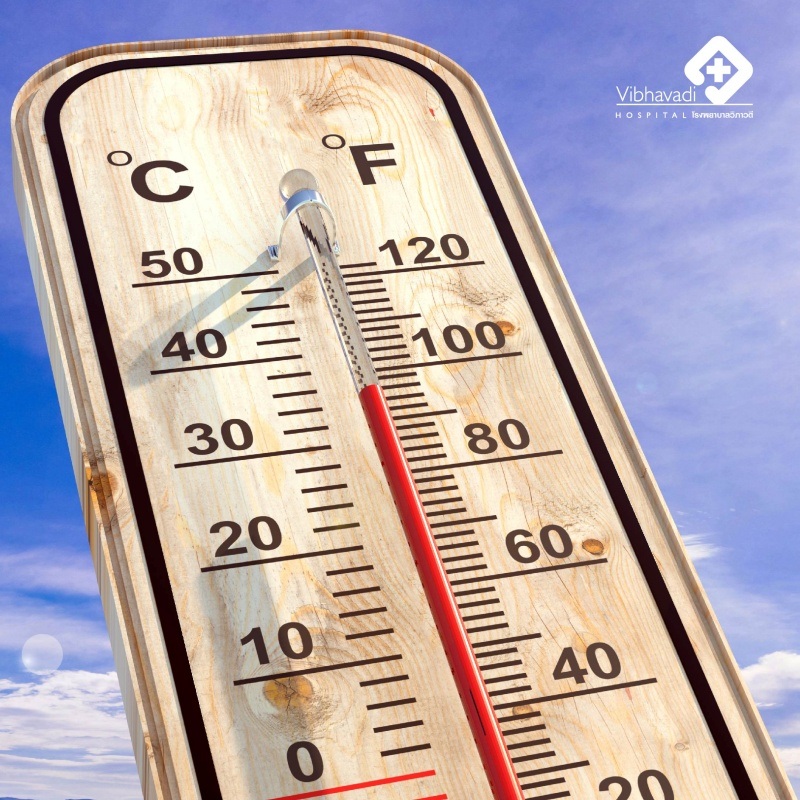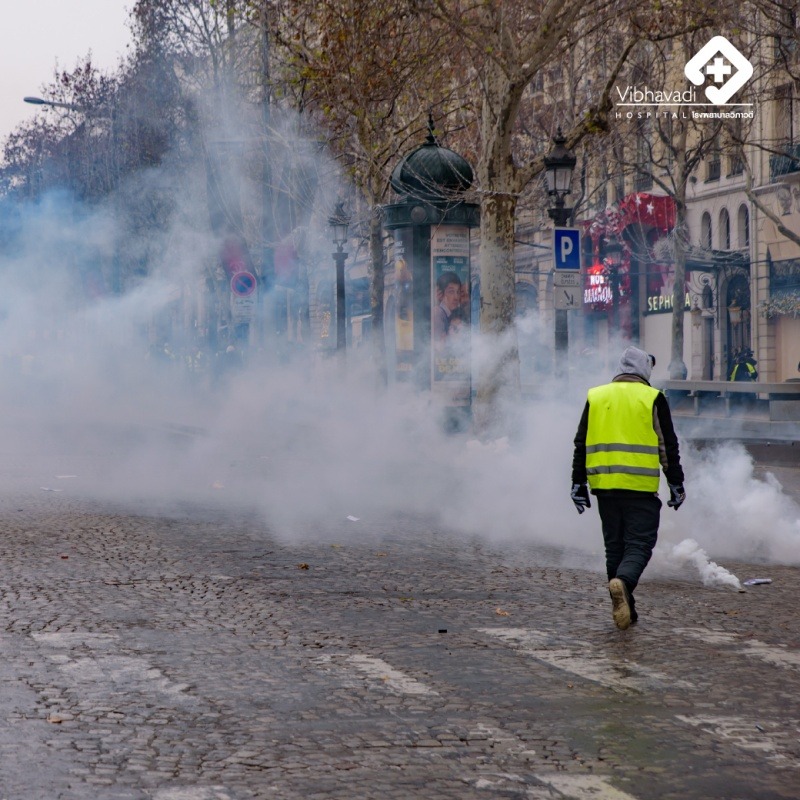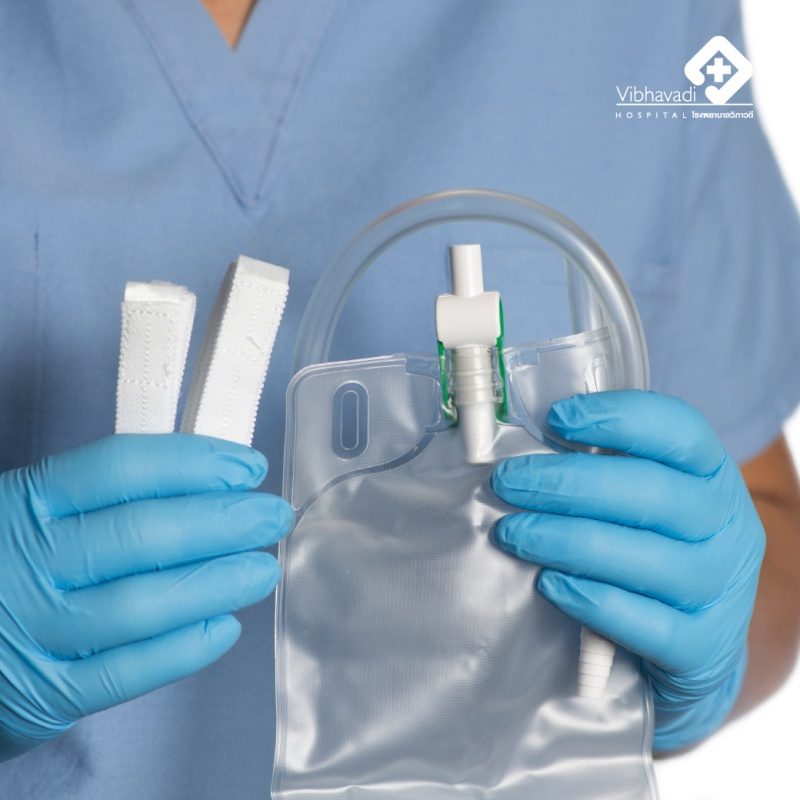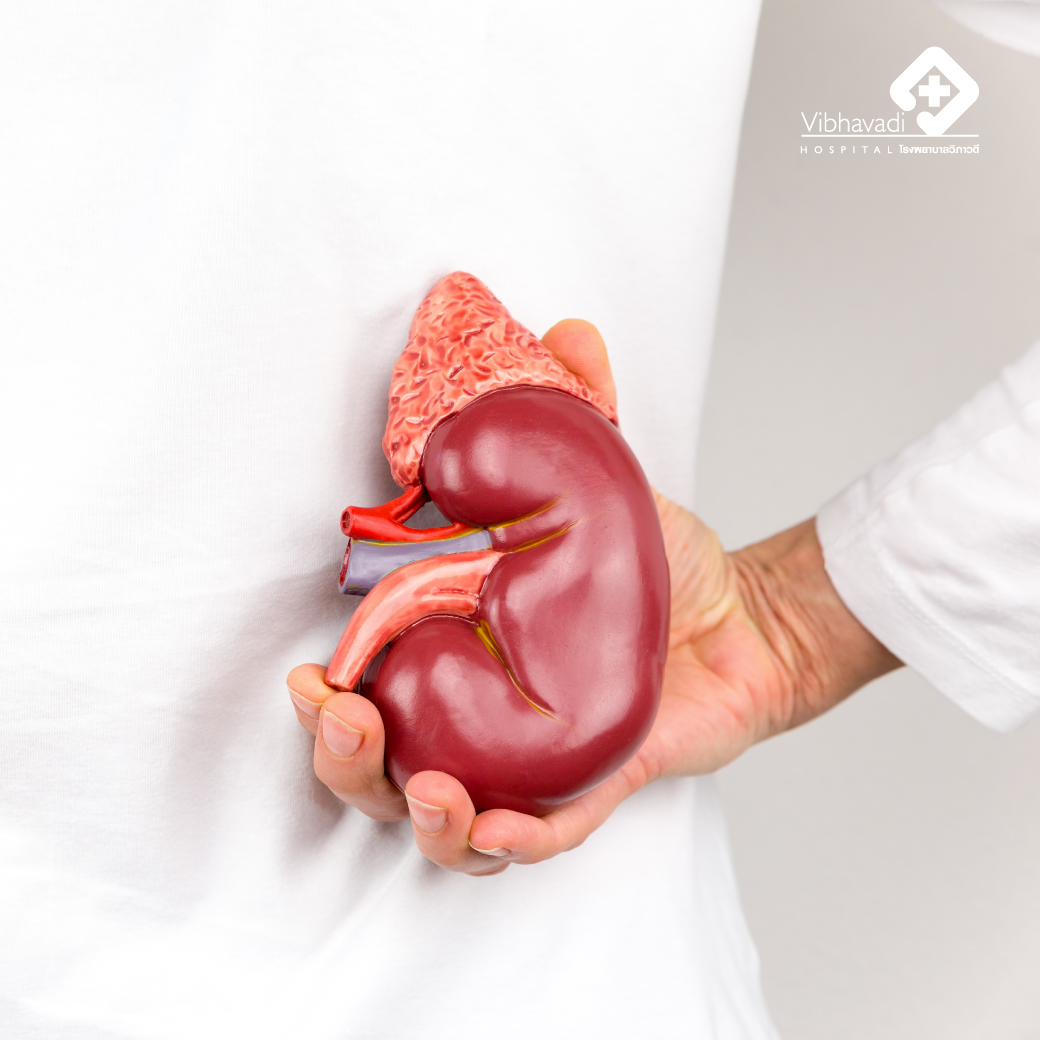Varicose Veins
Varicose Veins
Varicose veins refer to the enlargement and twisting of the superficial veins, which are the dark veins visible under the skin when we stand. It is the most common vascular condition affecting the blood vessels.
Occurrences of this condition are more prevalent among women and tend to increase with age, body weight, and the number of pregnancies. However, the relationship between varicose veins and occupations that require prolonged standing is not definite, as it can occur regardless of the amount of time spent standing.
While it is possible for varicose veins to develop from excessive standing or sitting, it is important to note that there are various hypotheses about the underlying causes of this condition, as a definitive cause has yet to be identified.
The most plausible hypothesis suggests that varicose veins result from a weakness in the valves and walls of the blood vessels. The valves in the veins play a crucial role in preventing blood from flowing backward. In normal circumstances, the veins contain valves that prevent the backward flow of blood when we are standing. However, if there are abnormalities in the valves and vein walls, blood cannot flow efficiently, leading to blood pooling and the subsequent enlargement and weakening of the veins.
Symptoms of varicose veins may include:
- Non-specific pain, a heavy sensation in the legs caused by blood pooling
- Worsening symptoms when standing or sitting for prolonged periods, improvement when elevating the legs above the heart
- Absence of swelling (although swelling may occur due to deep vein abnormalities)
- Occasional muscle cramps during sleep, which may be related to accompanying issues with the arteries
Treatment:
Treatment is divided into two types.
1. Conservative treatment: Generally, this method is used to emphasize prevention and symptom management. It can be achieved by wearing special compression stockings, which are thicker and tighter than regular stockings. The pressure of these stockings is usually in the range of 20-30 mmHg. They should be worn from the base of the leg to the ankle. Wearing them less than this, such as only on specific blood vessels, does not yield results.
2. Specific treatment: This type of treatment is performed when symptoms worsen or complications occur, including aesthetic concerns and complications of venous insufficiency. The complications may include:
- Bleeding
- Non-healing wounds
- Inflammation of the skin
- Blocked blood vessels
There are two specific treatment options:
1. Injection of sclerosing agents into the affected veins: This procedure causes the veins to shrink and collapse. It is usually performed on small-sized veins or residual veins after surgery. The advantages of this method include:
- No need for surgery or hospitalization
- Minimal risk of complications from injections
- Possible development of blocked blood vessels
- Skin inflammation if the injected substance seeps out of the veins
2. Surgical intervention: This method is suitable for long and large veins that cannot be treated with sclerosing agents. Regardless of the chosen treatment method, it is advisable to wear compression stockings afterwards to prevent recurrence, especially during standing or walking activities.
By Dr. Thanes Phuapornphong, Surgeon.




